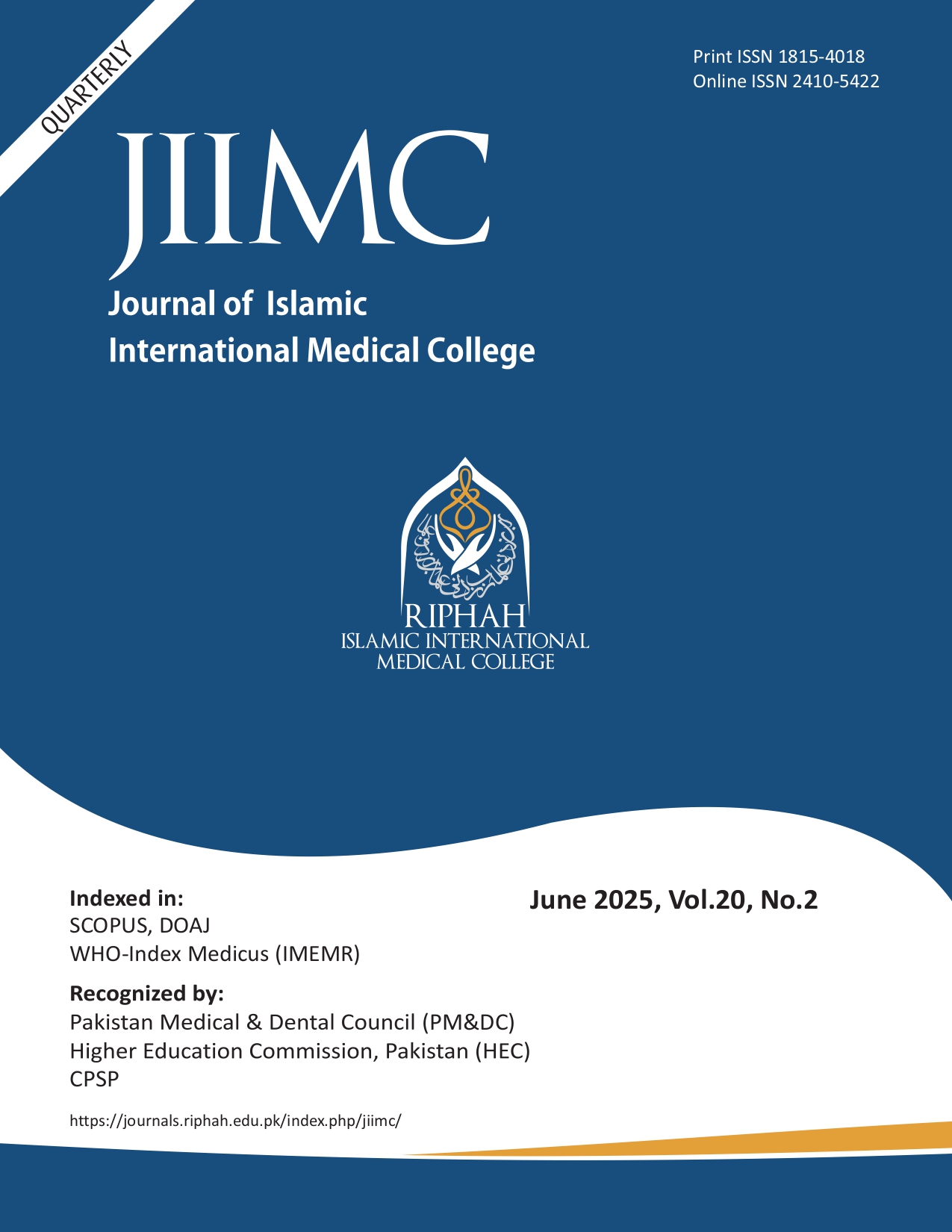Computer Vision Syndrome Among Computer Users in Muzaffarabad, Azad Jammu and Kashmir (AJK)
Keywords:
Computer Vision Syndrome, Digital Eye Strain, Headache, Neck Pain, Screen time.Abstract
OBJECTIVE: To determine the prevalence of computer vision syndrome among the computer users in Muzaffarabad, AJK.
STUDY DESIGN: Cross-sectional observational study
SETTING: Department of ophthalmology, Abbas institute of medical sciences (AIMS)
SAMPLING TECHNIQUE: non-probability purposive sampling technique
DURATION OF STUDY: Six months (April 2022 to September 2022)
MATERIAL AND METHOD: This institution based cross sectional study was carried out on 346 computer users of district Muzaffarabad AJK. All the participants within age group 18-40 years and who have used computer in 1 month preceding the date of the study were included in the study. Participants more than 40 years and less than 18 years and those who do not give inform written consent were excluded from study. SPSS version 26.0 was used to get results.
RESULTS: A total of 346 participants (45.4% males and 48.6% females) were included in study in the age range between 18 to 40 years. In the study group, 63.5% claimed that they have experienced at least one symptom related to Computer vision syndrome with eye fatigue (37.8%) and headaches (42.7%) being the most common.
CONCLUSION: Computer vision syndrome is a highly prevalent condition among computer users in Muzaffarabad AJK.


